It’s often thought that an artist’s stroke is the purest way to perceive their abilities.
As a line winds across a paper or canvas, this continuous band can emit powerful emotions.
But what is line art?
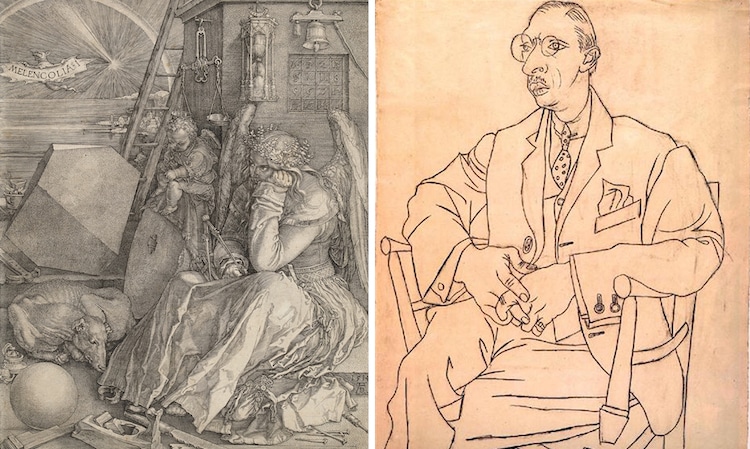
At its core, line drawing consists of distinct lines against a primarily solid background.
In art, a line can be two-dimensional or three-dimensional, abstract, descriptive, or implied.
Line art is oftenblack and white, but not always.
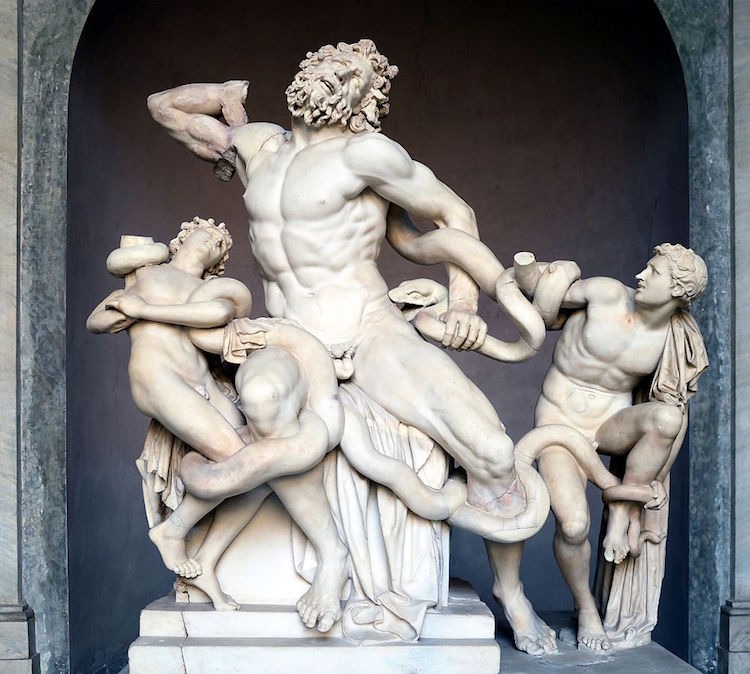
Copy sculpture of “Laocoön and His Sons,” c. 200 BCE (Photo:Wikimedia Commons[CC BY-SA 4.0])
Elements like shading and color gradients are absent, allowing the focus to rest firmly on the lines themselves.
Line drawings can be sketches, but they can also be finished artworks unto themselves.
It’s important to remember that line art isn’t only about painting and drawing.
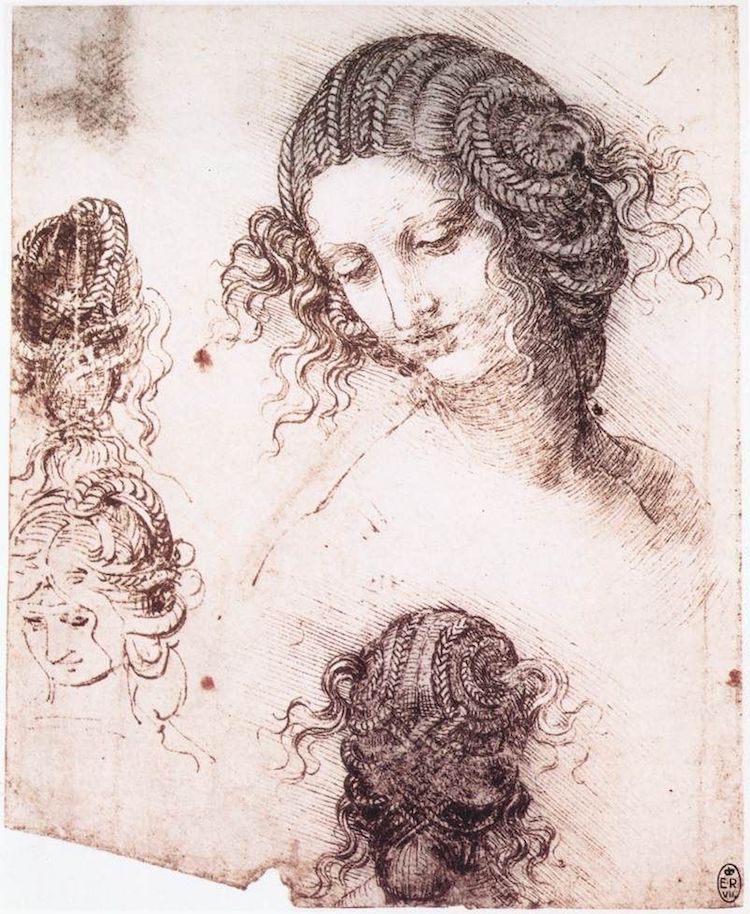
Leonardo da Vinci, “Study for the head of Leda,” c.1506 (Photo:Wikimedia Commons[Public Domain])
Lines can be visually formed in many ways.
From sculpture to painting, the tradition of line art continues through the work of cutting-edge artists.
Check out this excellent art tutorial.
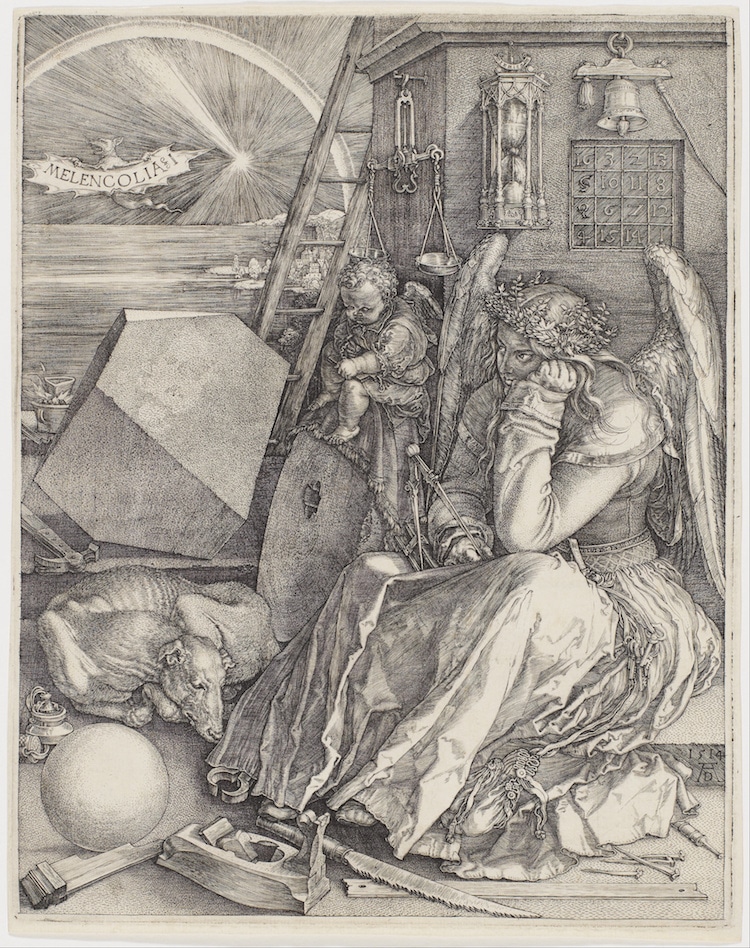
Albrecht Dürer, “Melencolia I,” 1514 (Photo:Wikimedia Commons[Public Domain])
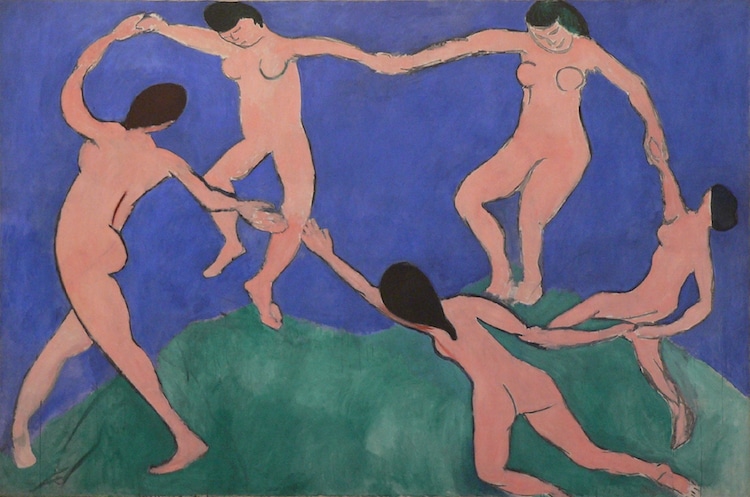
Henri Matisse, “The Dance,” 1909 (Photo:Wikimedia Commons[PD-US])
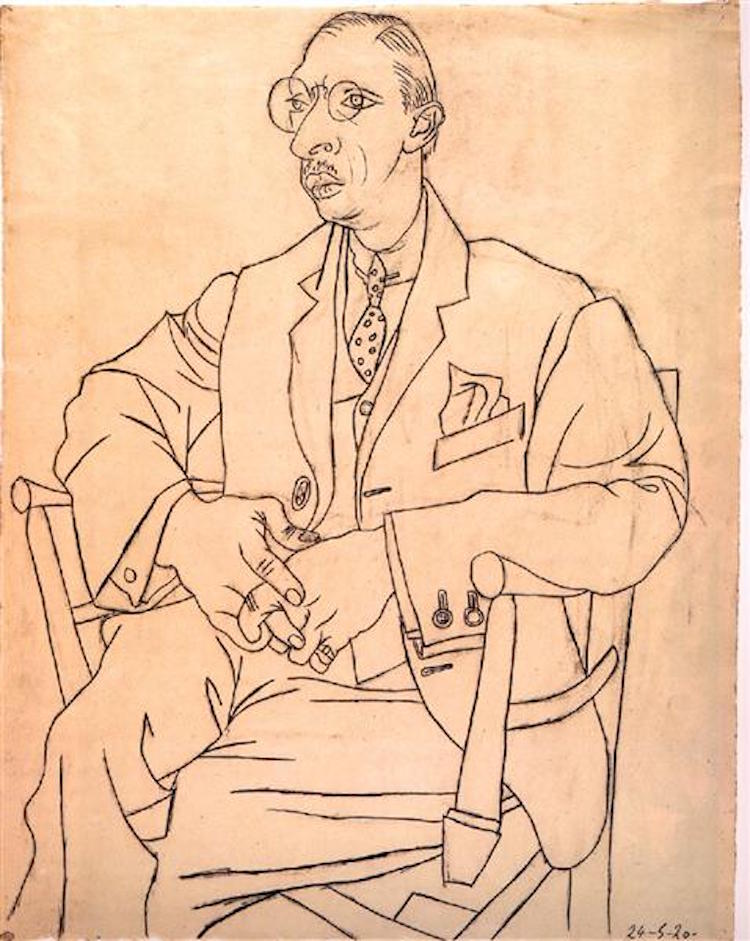
Pablo Picasso, “Portrait of Igor Stravinsky,” 1920 (Photo:WikiArt[Public Domain])
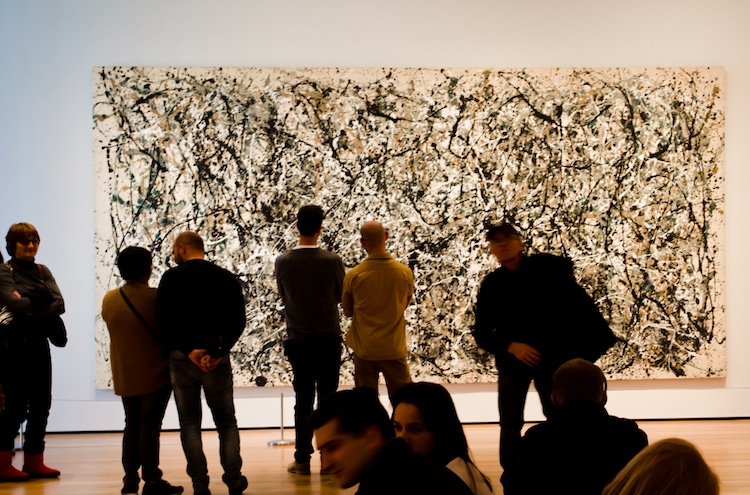
Jackson Pollock’s “Number 31” in the Museum of Modern Art (Photo:Stock Photosfrom dmitro2009/Shutterstock)
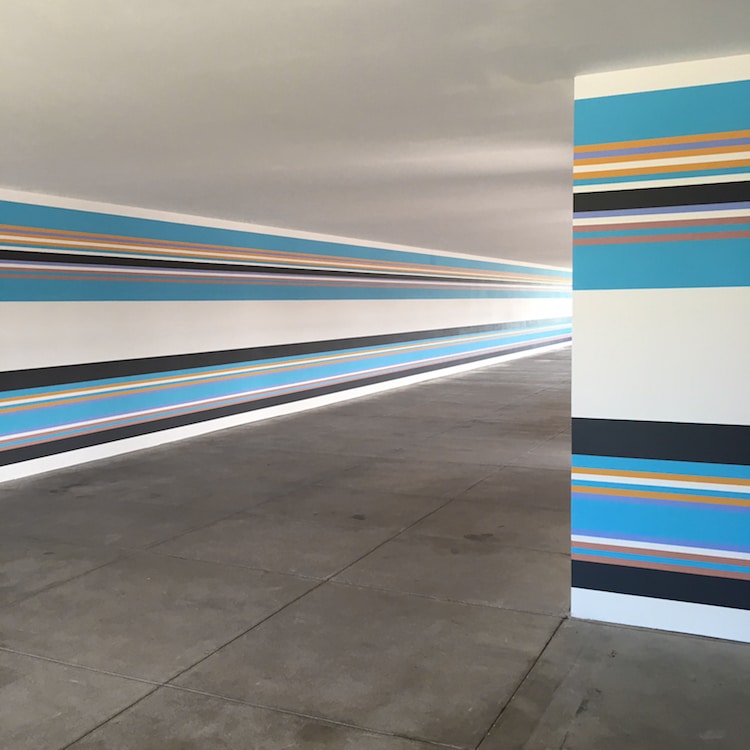
Bridget Riley, “Bolt of Color,” 2017-19 (Photo:Wikimedia Commons[CC BY-SA 4.0])
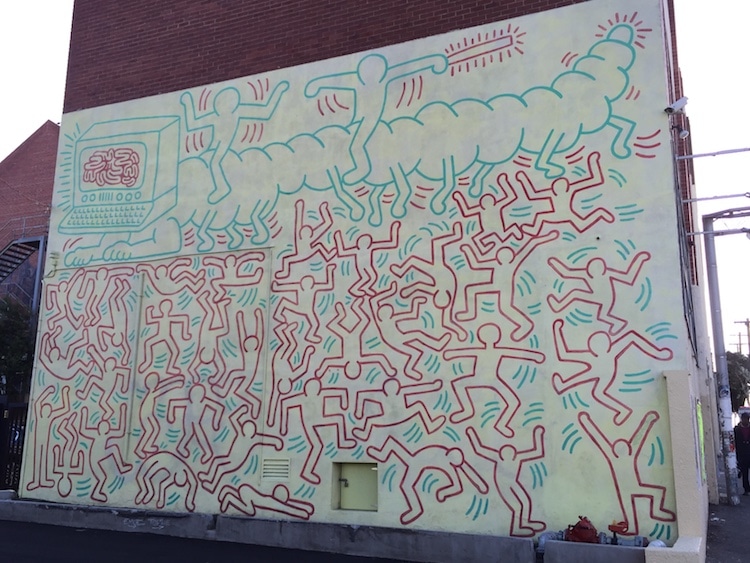
Keith Haring, Mural in Collingwood, Australia, 1984 (Photo:Wikimedia Commons[CC BY-SA 4.0])